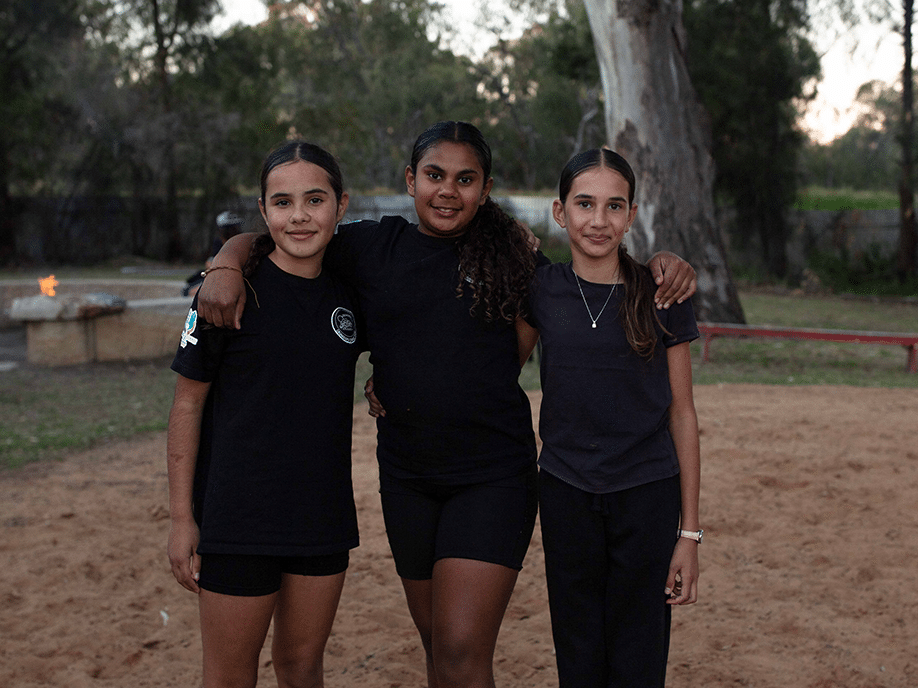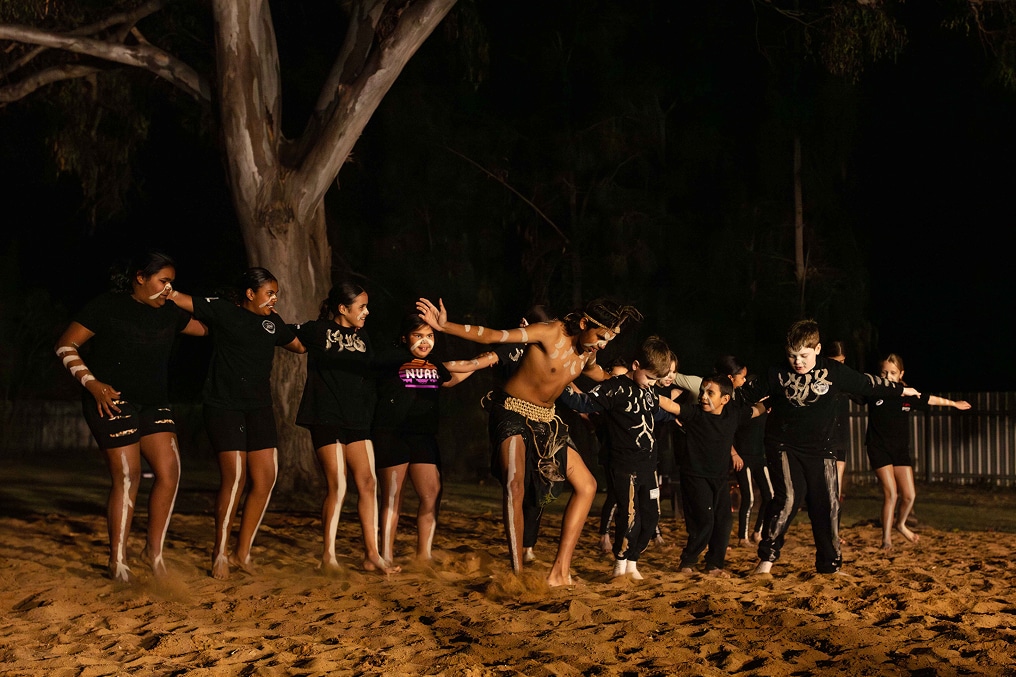Driving Change
The ask was to better understand how 15- to 19-year-olds learnt and worked, through researching and sharing data, insights and conclusions in a unique collaborative venture. The project was spurred by the 15% of young Australians aged 15 to 19 in 1996 – a massive 190,000 – who were neither in full-time work or education. Seventy per cent of these had not completed Year 12. The result was a landmark research report called Australia’s Youth: Reality and Risk. This created ongoing waves in the educational and political arenas. It drew on experiences of those in the field, and enabled advocacy to government policy makers. Reality and Risk paved the way for a second landmark report Australia’s Young Adults: The Deepening Divide in 1999, which focused on young people aged 20 to 24. Subsequently, an annual report titled How Young People are Faring was launched, ensuring the issues of transitioning from school to work were kept on the national policy agenda. As a result, the National Youth Commitment was developed, and a series of related reports (see below). The youth transitions work collated evidence to present a compelling case for change; it brought information to policymakers both in and out of government.

Reality and Risk and the Deepening Divide
“There was a genuine need for it,” the Forum’s former long-time consultant Eric Sodoti explained of the report. “No one had put the full picture together – young people’s skills, schools – no had had brought it together and created a comprehensive picture of what young people were facing.
Reality and Risk‘s seven research entities presented their preliminary findings to policymakers at Parliament House, Canberra, four months before publication in March 1998; the final report included responses from bodies in industry, labour reform and community.
The Forum’s senior researcher from 1998 to 2008, Dr John Spierings, entered the process when incumbent senior researcher Richard Sweet left to join the OECD in Paris.
“What Richard did was groundbreaking. He went to a number of different researchers, all working in related but discrete areas, and developed a common template of analysis. He physically brought them together, did a fantastic job in editing and making sense of the data, stories and contours of what was happening in education and work for Australian teenagers,” John said.
“Richard was also important in bringing an international perspective to the debate, benchmarking Australia against international best practice and providing insights into how other countries had responded to similar problems.”



Australia’s Young Adults: The Deepening Divide – the report that followed in 1999 was focused on young people aged 20 to 24. It looked at education, the labour market, income support, public expenditure and life for young people marginalised from learning and work.
“It was off the back of both reports that a national conversation started around early school leaving and the changing labour market for young people,” John said, “and continued through the How Young People are Faring series.”
One of the spin-offs was the development of tools that enabled a wider audience – such as school principals, government departments, people in business, or the media – to make sense of the data and the key issues. These tools included modelling on the cost of dropping out of school, trialing new pathways and programs, and positive interventions such as mentoring, which encouraged leaders at COAG, in business and in schools to focus on young people in local communities and their pathways through school and beyond.
“The result was a whole flowering of initiatives in nearly all states about young people staying engaged in school and being supported beyond school,” John said. “It was a powerful process, with all elements of the Forum – research and policy, practice and demonstration, and advocacy – working together to try and achieve change.”

These reports were so important that governments had to take notice.
Ann Morrow, former Board member and CEO of the Victorian Ministry of Education

The Impact
Prior to 1997, there was little sustained policy discussion around ‘marginally attached young people’ in terms of work and study. The reports provided baseline figures (which remain largely unchanged) on which the country’s performance could be measured.
“That first report on Reality and Risk, that was the first time that early school leavers were identified as a particular issue,” Eric said.
Subsequently, How Young People are Faring (published by the Forum for 10 years and now managed by the Foundation for Young Australians) was published annually, providing a snapshot of how both age groups are faring in terms of learning and work. The Productivity Commission now also features an annual review of school-work transitions as part of its analysis of government services.
Key stakeholders including the Business Council of Australia and the Australian Industry Group became engaged and contributed to the urgent need for policy change. Their interventions were pivotal in elevating youth transitions in the national debate.
National Youth Commitment
The policy direction arising from this work came together in the development of the National Youth Commitment. Through this, the Forum advocated for a guarantee that all young people had access to complete Year 12 or its equivalent or a job with training facilitated by local community partnerships.
Collective community partnerships were initiated in six regions – Whittlesea, Central Coast, Macarthur, Tumut, Gold Coast and Sunshine Coast – guaranteeing coordinated support for all young people to have access to Year 12 or its equivalent or a job with training.Lesley Tobin worked with schools, the training sector, local businesses and government departments to break down barriers and establish models for engaging young people and employers. Linking this practical work with the rigor of research was an important step in the policy-change process.This work set the seeds for reforms such as the LLENS networks in Victoria, ICAN in South Australia and the National Partnership on Youth Attainment and Transitions agreed at COAG in 2009. Analysis drawn from these reports resulted in the Forum commissioning NATSEM, to look at the Cost to Australia of Early School Leaving and in 2005 Dusseldorp commissioned Access Economics to model The Economic Benefit of Increased Participation in Education and Training.







































